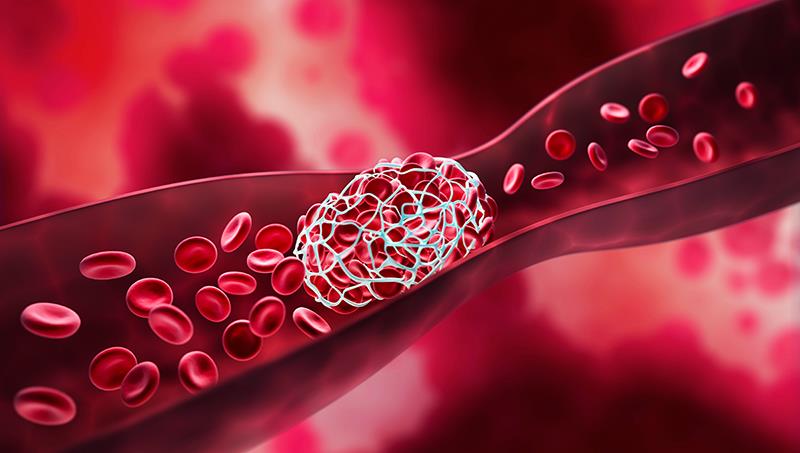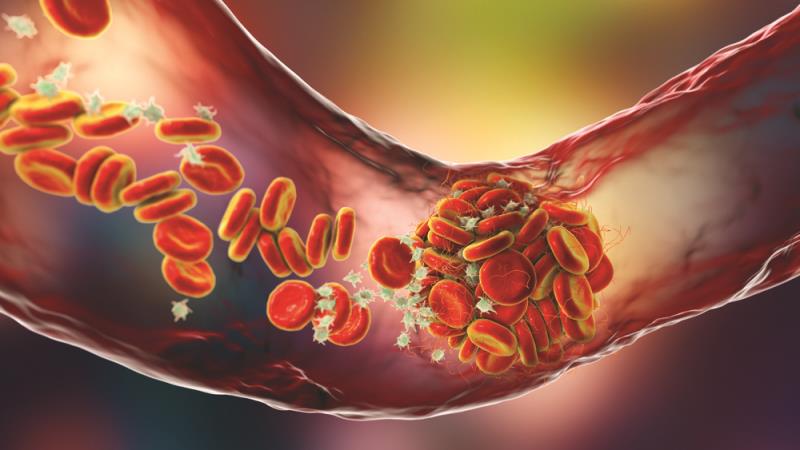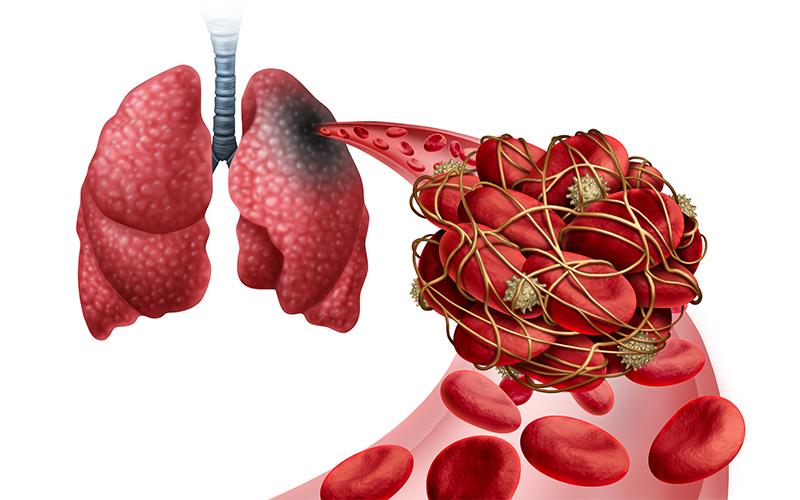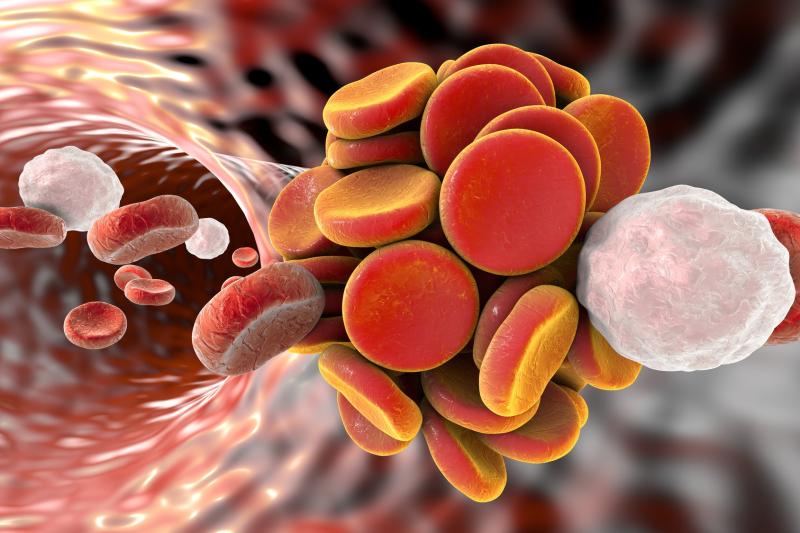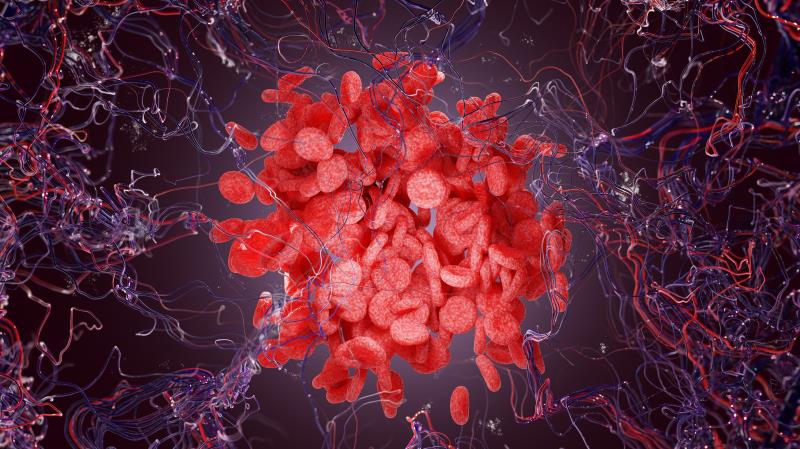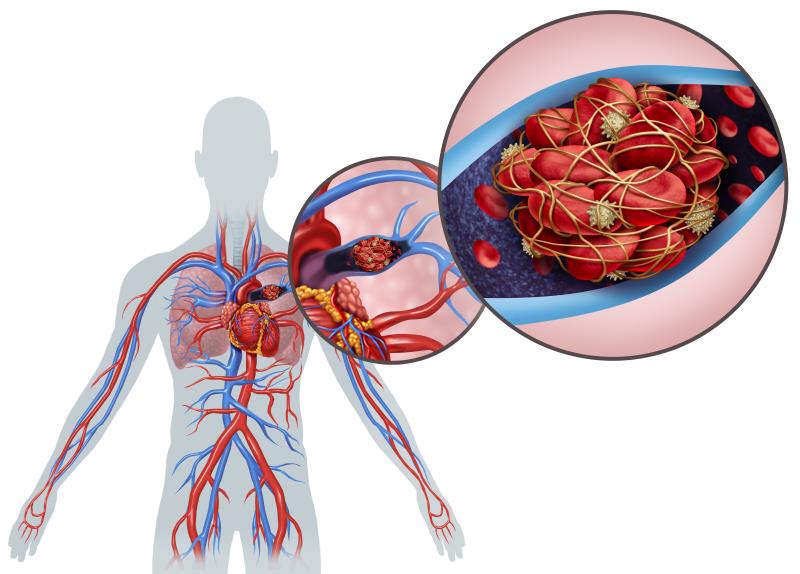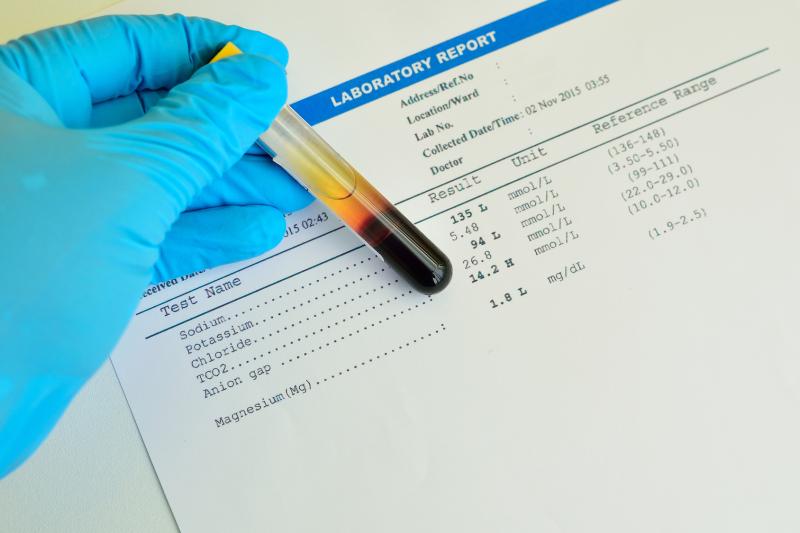Content on this page:
Content on this page:
Overview
The Introduction section
defines pulmonary embolism (PE) as the blockage of one or more pulmonary
arteries in the lungs caused by blood clots from the veins, especially the
veins in the legs and pelvis.
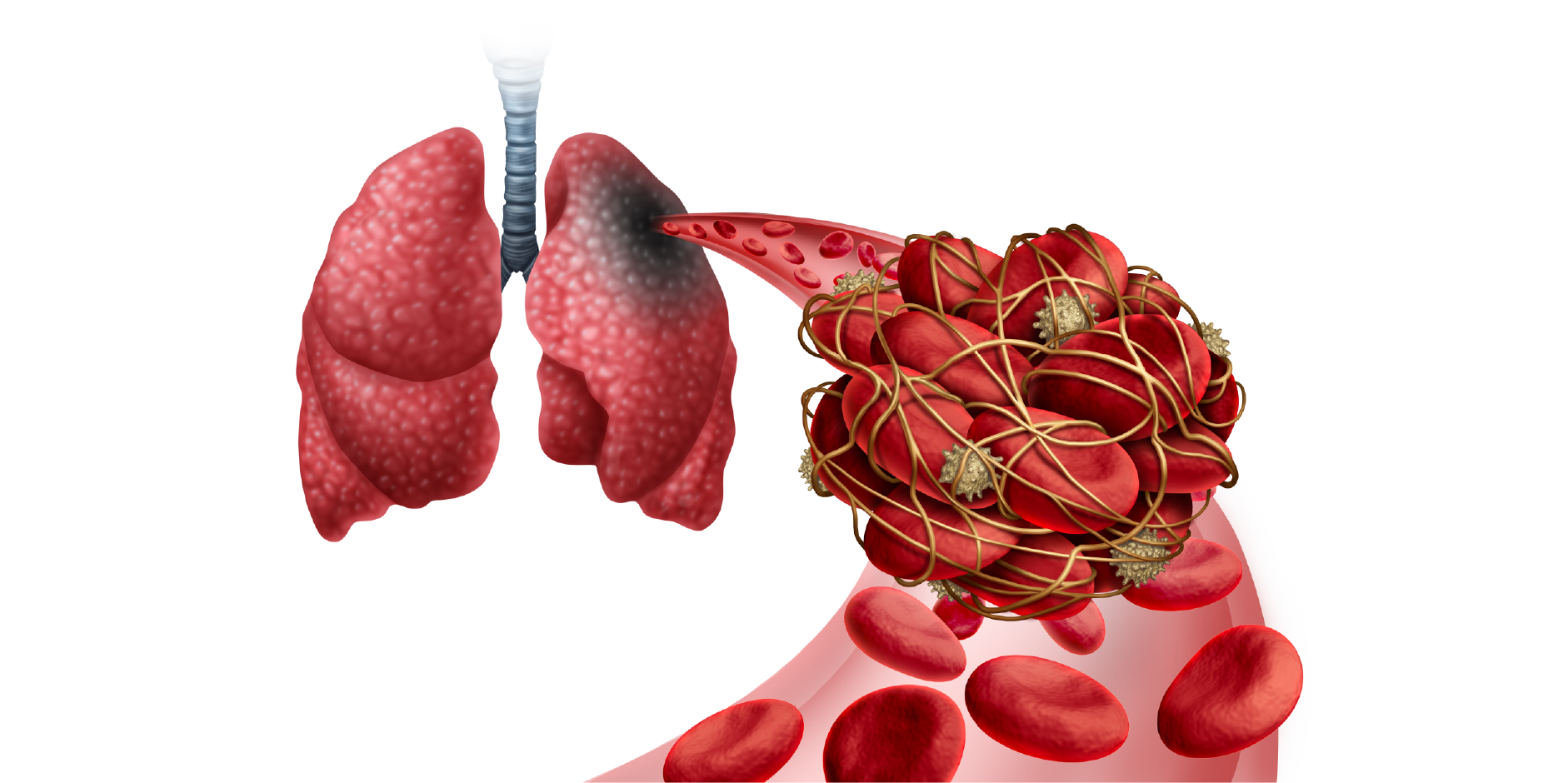 Pulmonary Thromboembolism_Disease Summary
Pulmonary Thromboembolism_Disease SummaryAs stated in the Epidemiology section, the true incidence of pulmonary embolism is uncertain. Estimates on the incidence of pulmonary embolism are mentioned in this section.
The mechanism involved in the development of pulmonary embolism is discussed in the Pathophysiology section.
The Risk Factors section enumerates the primary and secondary factors that predispose the patient to develop pulmonary embolism.
The differences between massive and submassive pulmonary embolism are identified and discussed in the Classification section.
History and Physical Examination
Typical signs and symptoms that occur in patients suspected of having pulmonary embolism are enumerated in the Clinical Presentation and Physical Examination sections.
Diagnosis
Laboratory Tests and
Ancillaries and Imaging
studies to be considered in patients suspected of having pulmonary embolism are
discussed in these sections.
Clinical pretest probability (CPTP), estimation of pretest
probability, pulmonary embolism rule-out criteria (PERC) and prognostic risk
assessment are discussed in the Diagnosis or
Diagnostic Criteria section for pulmonary embolism.
Diseases that may present similar symptoms to pulmonary
thromboembolism and should be ruled out are in the Differential Diagnosis section.
Management
Thrombolytic therapy should be considered in clinically
unstable patients who may have massive pulmonary embolism. Evaluation of venous
thromboembolism risk factors, assessment of massive pulmonary embolism and
absolute and relative contraindications to thrombolysis are discussed in the Evaluation section.
Indications for inpatient management are listed in the Principles of Therapy section. Parenteral
anticoagulation, thrombolytics, clinical instability management, oxygen
supplementation, mechanical ventilation, hemodynamic support and nitric oxide
inhalation discussions are also discussed in this section.
Details about the different drug options such as parenteral
anticoagulants, non-vitamin K oral anticoagulants, Warfarin, and thrombolytics are
in the Pharmacological therapy section.
Different invasive procedures that can be performed on patients
with pulmonary thromboembolism who have contraindications to systemic
thrombolysis are discussed in detail in the Nonpharmacological
section.
Monitoring of
anticoagulation treatment is discussed in this section.

